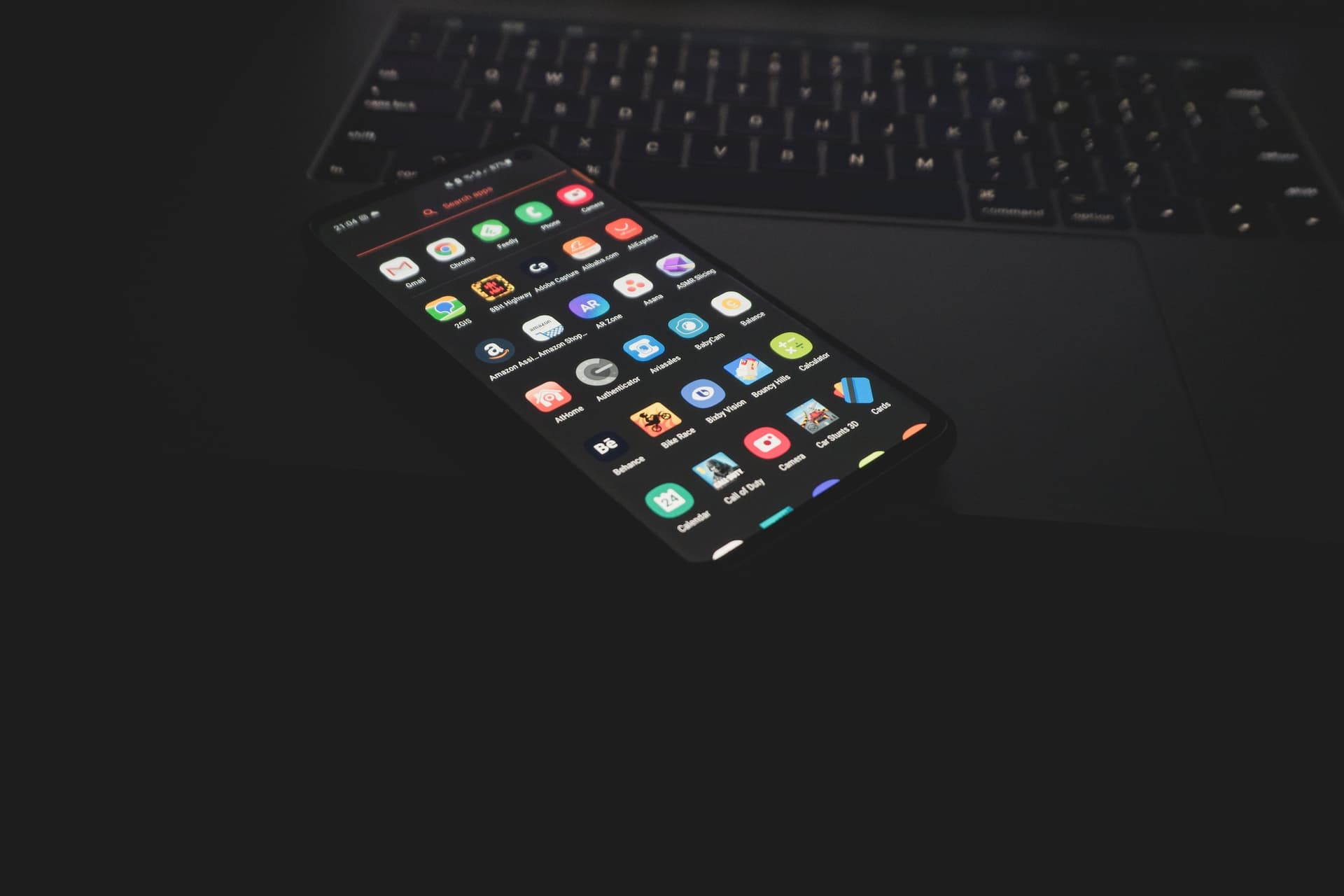Blog

In today’s competitive market, comprehending and implementing performance optimization techniques is critical for achieving long-term success. A top-performing application is key to keeping users satisfied and loyal while fulfilling users’ ever-increasing expectations for top-quality applications.
This article explores the best practices for enhancing the performance of applications developed with Flutter – a distinguished framework for building cross-platform applications. By following these best practices, developers can optimize their apps to provide seamless user experiences.
The Importance of Application Performance
An excellent example that emphasizes the importance of application performance is the case of PedidosYa in early 2021. Users experienced an average loading time of 17 seconds, leading to frustration. The primary issues encountered included:
- The home page demanded substantial contextual information, which impacted the functionality of other app flows.
- A considerable portion of the business logic resided on the front end, causing time-consuming iterations.
To address these concerns, the development team shifted most responsibilities to the backend, which enabled mobile applications to focus on rendering components as directed by a central service. Consequently, implementing best practices in mobile development played a crucial role in this multi-team effort.
Achieving High Performance in Flutter Applications
By default, Flutter applications offer satisfactory performance. However, avoiding common pitfalls and adhering to best practices can yield even better results, and it’s important to remember that the design and implementation of an app’s UI significantly impact its efficiency.

Implementing Best Practices for Optimal Flutter Application Performance
1. Effectively manage build() cost:
- Minimize repetitive and resource-intensive tasks in build() methods, as they can be called frequently during widget rebuilds.
- Break down large widgets with extensive build() functions into smaller, encapsulated components based on their change patterns.
- Localize setState() calls to parts of the UI that need to change to avoid unnecessary rebuilds.
2. Maximize the use of const constructors for widgets:
- Employ const constructors to enable Flutter to bypass most rebuild work.
- Enable the recommended lints from the flutter_lints package to receive automatic reminders about using const.
- Utilize StatelessWidget instead of functions for reusable UI components, as they offer superior default behavior.
3. Limit the use of opacity and clipping:
- Employ the Opacity widget sparingly.
- For fading images, consider using the FadeInImage widget.
- Utilize the borderRadius property instead of clipping rectangles for rounded corners.
4. Prefer SizedBox over Container for placeholders:
- The Container widget adjusts to fit parent constraints and is not a const constructor.
- SizedBox is a const constructor that builds fixed-size boxes and allows unconstrained dimensions when width and height parameters are null.
5. Implement grids and lists efficiently:
- Use lazy builder methods and callbacks for large grids or lists to build only the visible screen area during startup.
- Specify itemExtent or prototypeItem for each item to improve efficiency, as the scrolling machinery can use this information to save work.
6. Understand the impact of Theme.of(context):
- Using Theme.of(context) can cause unintended rebuilds and affect performance.
- Investigate whether using Theme.of(context) is causing multiple rebuilds and apply all of the best practices mentioned earlier to optimize performance.
Conclusion
By adopting these best practices, you can significantly elevate the performance of your Flutter applications, resulting in a seamless and engaging user experience.
It’s crucial to continually monitor and optimize app performance to adapt to the ever-changing technological landscape and user expectations. A proactive approach to refining your app’s performance allows you to effectively address potential issues, secure a competitive advantage, and streamline development. Ultimately, a high-performing and finely-tuned application is essential for providing outstanding user experiences, ensuring user satisfaction, and achieving long-term success.
Get latest insights, ideas and inspiration
Take your app development and management further with Codigee
Let's make something together.
At Codigee, we value transparency, efficiency, and simplicity. No overengineering. No wasted time.
Just straight-up execution.
We are obsessed.
Every billion-dollar company started with one decision, one step, one iteration. The key? Taking action and executing fast.

